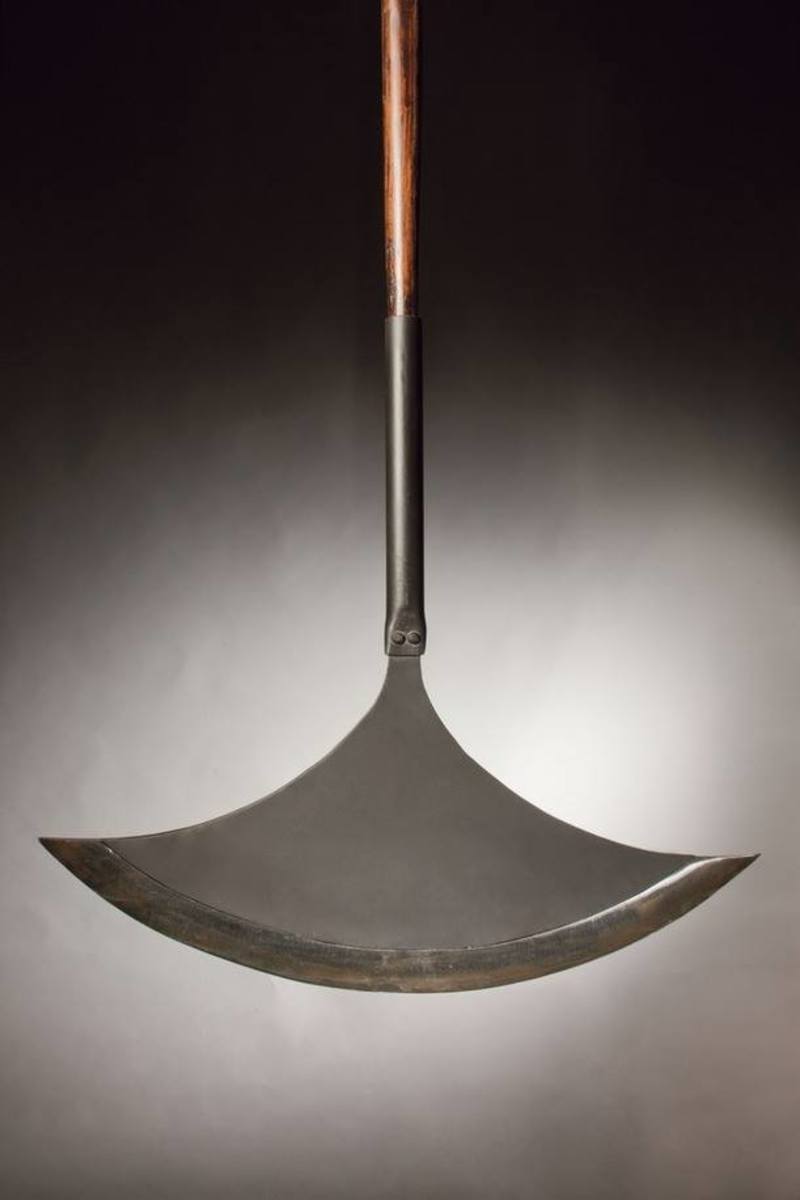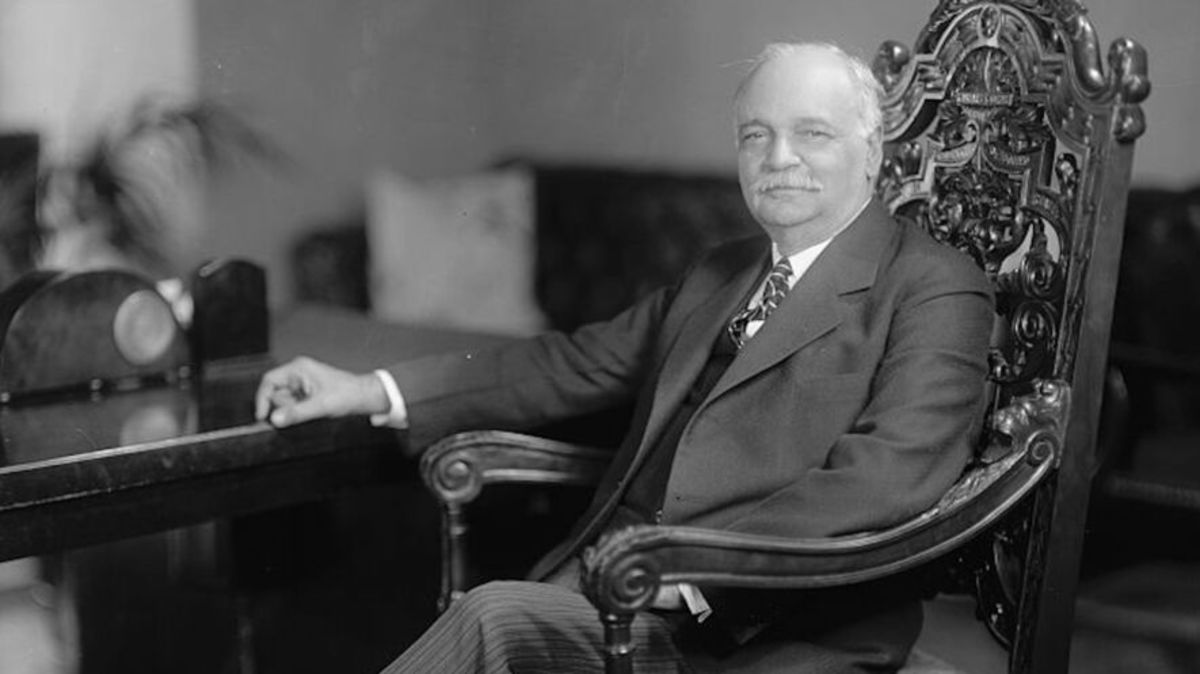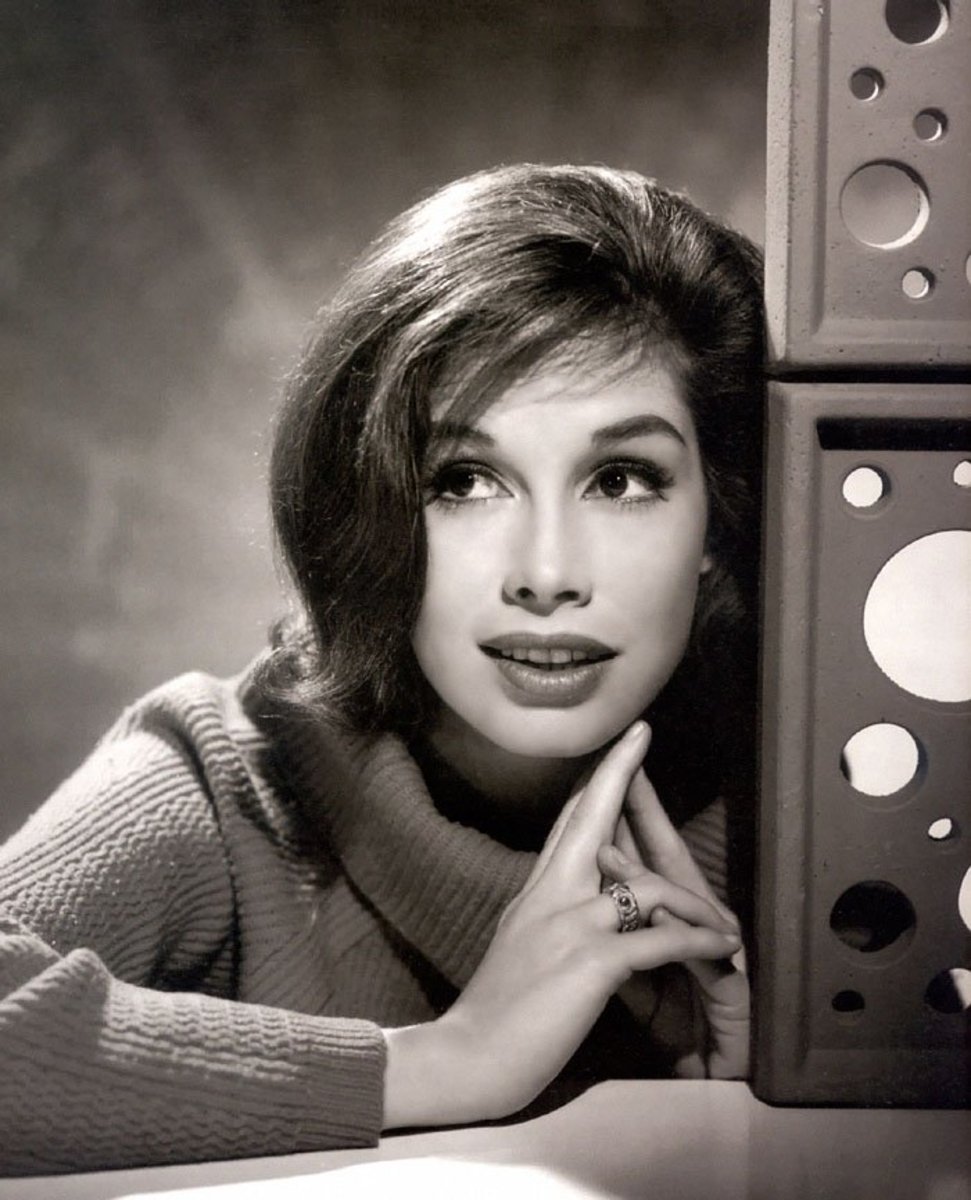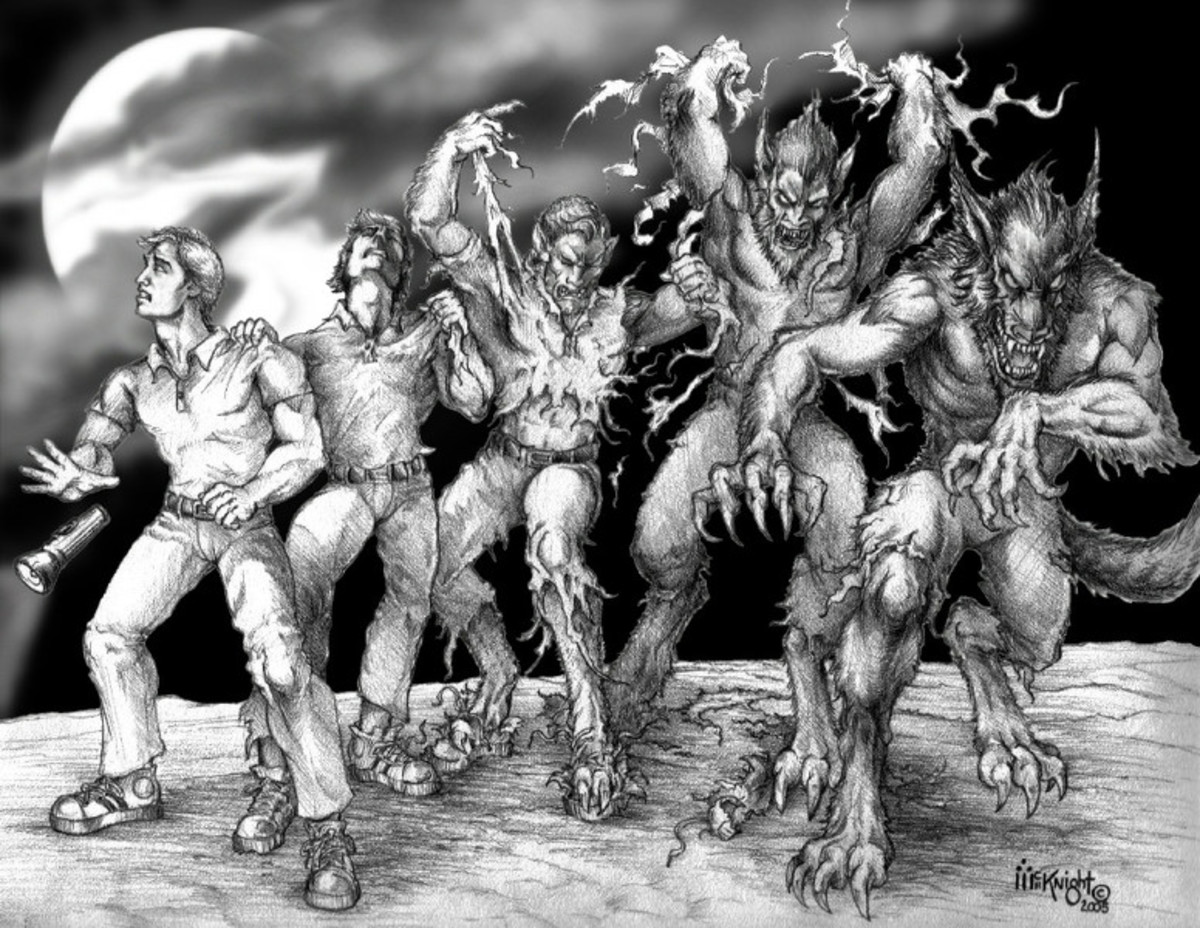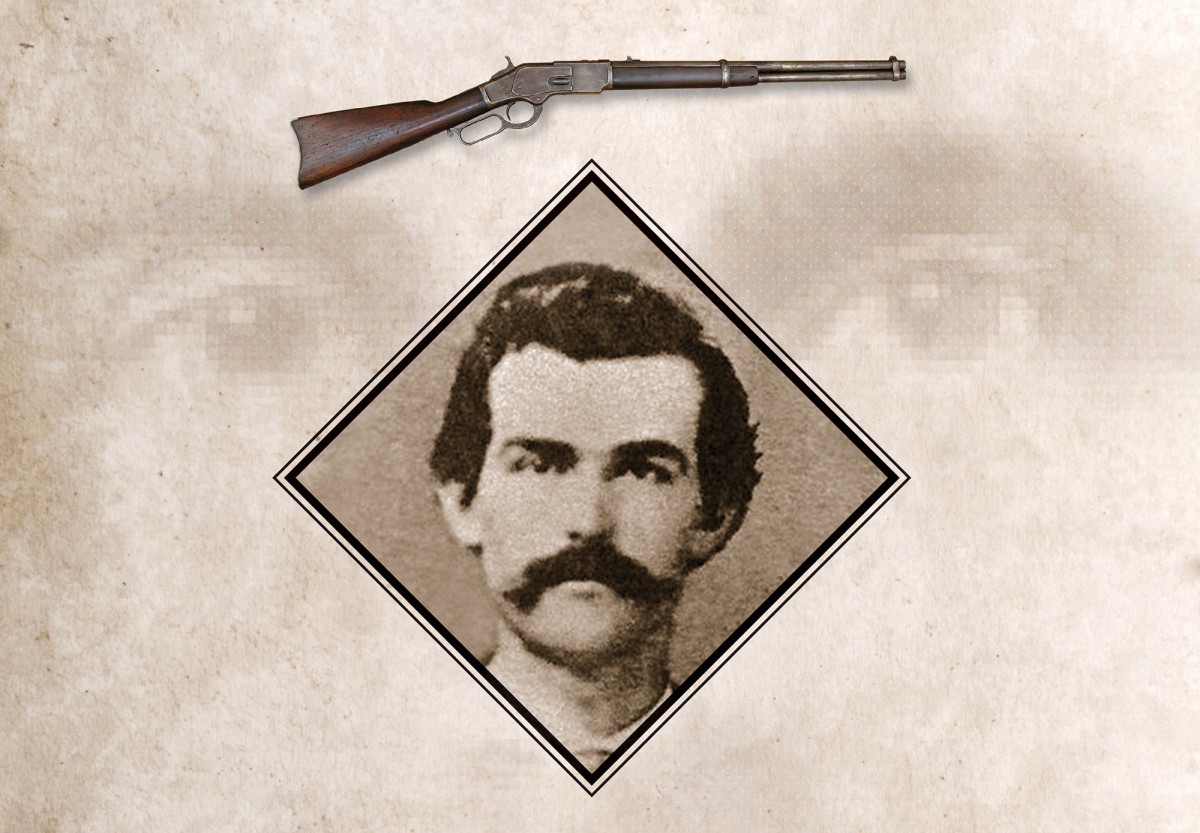Native American Chiefs: Ouray
From humble origins, Ouray rises.
The town of Ouray in southwestern Colorado is about as scenic, quaint, and picturesque as western villages come. Like Silverton, it lies at the foot of a high mountain pass. In the Silverton, narrow gauge train station, one can sift through tourist information and schedules, among which will probably be a paperback about Chief Ouray. I bought a copy on a road trip not knowing a thing. I thought the train ran only for fun and did not actually carry passengers who commuted from one location to another. I brought the book back on my return to New Mexico, and like lots of books I buy impulsively, thought I would probably never get to it. I'm still not certain how Ouray is pronounced. To me, it is ooo-ray, but I could be wrong. Maybe it is yoo-ray, accent on the second syllable. I was once told definitively by a realtor so that I would not seem a complete stranger, but I forgot.
I am not a Native American, except in terms of solidarity. And yet, I found myself identifying with some of Ouray's suspiciousness concerning Whites. I come from parts east of the West, and at times westerners seem strange. They are all right on television or on screen, but up close and personal? Not that honesty, integrity, and goodwill reign supreme east of the Mississippi. All in all, I like the weather, but I am far from acclimated. One of the interesting elements that comes out in the book is that Chief Ouray preferred working differences out in Washington rather than locally, still thinking to the very end of his days that Coloradans were the incorrigible enemies of his people. To Ouray, Whites tended to be more truthful and candid in Washington. In Colorado, they might say anything, truthful or not.
Ouray enters center stage during a time of major upheaval, dissension, and, occasionally, bucking the odds, fragile accords. He was born and raised near present-day Taos, and witnessed first-hand, after the Mexican-American War (1846-1848), the absorption of New Mexico and the southern part of Colorado into U.S. territory. In 1849, there is already a significant treaty with the Utes. But the idea of finality and a broad-scale, multi-tribe, long-lasting settlement that was the impetus behind making treaties never achieved complete success in reality. That is putting it mildly, to be sure. In mid-century, Ouray moved north to the Uncompahgre Plateau, which he preferred to Taos.
Chief Ouray
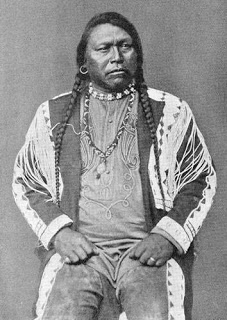
Staying tuned.
In the late 1800s, several treaties had been signed, effecting legislation that sometimes worked, and at other times, failed dismally. One can only imagine that for a while, both Utes and Whites merely stayed tuned, each side waiting for things to turn its way, and patiently enduring the opposite, or both sides staying tuned when relations would not improve. Throughout, Ouray seems to have been a chief who had been "elected", not by a body of constituents, but rather the prevailing historical currents. He was never at any time the only Ute chief, and yet he was regarded as Chief of all Utes on the various, exceptional occasions during which such a person was either required or desired. Ouray was singular and unique, but there were many, on both sides, who strove to bring about a peaceful and equitable solution. Among them was Kit Carson, fluent in Ute. Ouray himself had superior linguistic skills (Ute, Spanish, English, and possibly others), hired in 1860 by an Indian Agent to interpret. In his prime, he was basically a sub-chief of the Tabequache Ute tribe. In 1863, Ouray went along with a delegation to Washington, very likely meeting Abraham Lincoln. As could be predicted, Utes had to forfeit a great deal of land, but were promised annuities and provisions. Peace, however, had a way of slipping through the most well-intentioned nets. Just a year later, in 1864, friendly Cheyennes, nearby, were massacred, and this tragedy alarmed Utes. In addition, they did not like the idea of having to reside in one place, which to their manner of thinking would give their natural enemies a dangerous advantage -- being able to find them in all seasons. Ouray, moreover, could never quite comprehend how the most important leaders in Washington were unable to exert enough control over their people so as to eliminate the threat of violence.
Native American Studies
Should the lives of great chiefs be given more attention in schools or not?
Utes now, Utes then
Statistics do not lie, so it is thought, but what are they? According to a Ute Info website, only 3,100 or so comprise the totality of the Ute Tribe today. Given how long they existed and their migratory existence across such a broad swathe of territory, there must have been many more years ago. I do not have ready access to first-hand documents, only books, however well-researched. But the Ute Indian Museum in Montrose, CO might be helpful. Generally speaking, answers to questions having to do with the historical population figures of the many tribes, not just the Utes, are difficult to find. Then again, there might not be records. It would be nice to know, however, especially in regard to today's overall Indian population. It can be assumed, it seems, that only a mere remnant of what used to obtain currently exists.
Generally speaking, Utes lived in Utah, Colorado, New Mexico, and Wyoming.
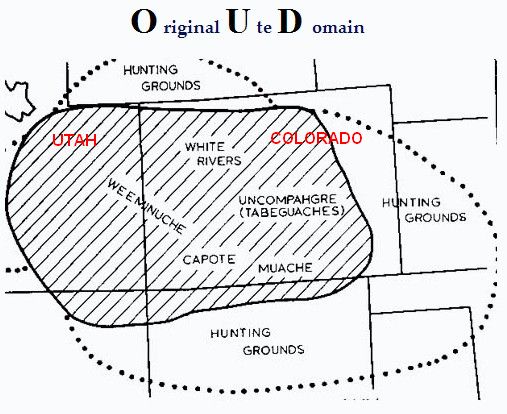
Books on Utes.
It is unfortunate that reading is such a slow process and can involve costliness. But the following, available from Amazon, seem worth the effort, if you have the time, interest, and the money: (1) Troubled Trails: The Meeker Affair and the Expulsion of Utes from Colorado, by Robert Silbernagel (2) The Utes Must Go! American Expansion and the Removal of a People, by Peter Decker (3) -- after the Battle of Little Bighorn in 1876, "The Utes Must Go" was the Denver newspaper headline -- The Ute Indians of Utah, Colorado, and New Mexico, by Virginia McConnell Simmons (4) Chipeta: Queen of the Utes, by Cynthia S. Becker and (5) Ouray: Chief of the Utes, by P. David Smith. The latter is the one I found on a visit to Colorado's Western Slope and incorporate into this hub. I also used information from The Utes Must Go! The Ute removal from Colorado was a landmark event in Western-American history.
Nathan C. Meeker rests, finally, in peace.
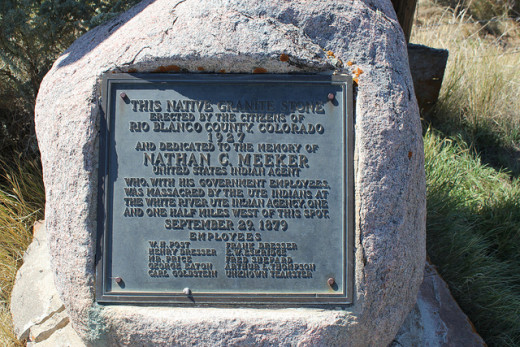
The Meeker Massacre
All in all, slowly and gradually, progress had been made, and Ouray, in 1875, now living in a $10,000 house, was thinking of what in our terms would have been retirement. His 160 acre farm was meant to serve as a model. How tragic that one of the worst massacres among many in the West occurred in 1879, the year before he died. Nathan C. Meeker had wanted to fully Christianize Indians, but could not translate his ethereal intentions into concrete results. Badly wanting to teach Utes, whom he may have considered pagan savages, the virtue of hard work, so crucial to the Protestant ethic, in his zealotry he literally tore up their racetrack. Utes had a strong horse culture. The acquisition of fast ponies was considered a form of wealth. Cattle grazed far from horse pastures. Farming, wrongly, of course, was considered "squaw work". All the same, Meeker had designs on Utes, and deliberately planned and executed an attack on their racetrack, which he hoped to prepare for the planting of crops.
Meeker himself had farmed, incurring debt, and knew well that this activity, however dignified, was economically risky. His bold, destructive act was a clear violation of what Utes had feared the most, the impromptu encroachment of Whites. Why, for instance, did miners have to take up permanent home ownership? Why could they not get their gold and leave? As a result, Utes had been forced to sell 4 million acres of the San Juan mining district. But men like Meeker could not be dissuaded. Racehorses had to give way to workhorses. Agriculture was the way. This was Meeker's stock in trade, having written about agriculture for Horace Greeley's New York Tribune. Later he founded Greeley, Colorado, meant to be a farm-based utopia. To Meeker, the older, pre-Christian customs of Utes had to be eliminated. Meeker, already a man of standing and accomplishment, might have chosen to be critical without aggression. But his peculiar calling must have got bent all out of sensible shape. In retrospect, his endeavor had been pure madness. One can only marvel in retrospect at the White obsession with farming -- it was not just Meeker -- as the perfect instrument to tame and civilize fellow-human-beings looked down upon with scorn. Suffice it to say, that the band of White River Utes rose up almost immediately in response to Meeker's inexplicable intrusion. If this could happen, what had all Ouray's painful negotiations actually accomplished?
From here, it did not go well for the missionaries and soldiers who came to the aid of settlers. Major Thomas T. Thornburgh rode in with 200 troops but was defeated by the Utes' Captain Jack at the Battle of Milk Creek. Governor Pitkin telegraphed citizens that Utes had moved from their reservations and should be considered "game to be hunted and destroyed like wild beasts" (p. 165). Pitkin's venting was unhelpful. Exaggerated rumors became rampant, but as usual in massacres involving over-heated, heightened emotions, many were slain who had been totally innocent of either Meeker's pointless miscalculation or its vicious retaliation. Later, White wrath would determine the outcome, which was the expulsion of Utes from the state of Colorado.
From Promise to Catastrophe to Eternity
In early 1880, Chief Ouray went near present-day Durango to avail himself of what health the local hot springs could deliver to an ailing body. A thousand teepees surrounded him. He was suffering from Nephritis at the very least. He had hoped that the latest treaty would be completely signed, but not all Ute Chiefs were of the exact same disposition. The events of late 1879 could not have helped his condition. He reputedly articulated a longing to stop being chief. One can only wonder what he might have felt, other than the pain of illness, from the sickening actions he had worked so hard over an extended period of time to avert. Nothing about the bitter wrangling throughout the past few decades had been easy. Ouray knew that progress itself more than any particular White or White faction was impossible to fight. But Whites seldom held to treaties and continually made them difficult. For instance, once the boundaries of a reservation could be established, Utes did not want Whites to trespass. Nevertheless, in order to make a treaty, Utes had to agree to let Whites build roads across their land. It might seem at first blush that Whites were just too smart for Utes, but this would be an offense to all that is held sacred above and beyond our mutual animal nature. To be smart, apropos of nothing, save self-interest, is no virtue. Another example of the perfidious nature of treaties was a presidential executive order to render the Uncompahgre Valley to the Utes forever, confiscated just four years later. Ouray did what he could at the various meeting tables and inside rooms and tents wherein negotiations took place. As such he can be considered a verbal warrior. When he died, on August 24, 1880, his remains were buried secretly near present-day Ignacio. Later, after they were recovered, he was re-interred under a tall monument together with the remains of his beloved wife, Chipeta.



